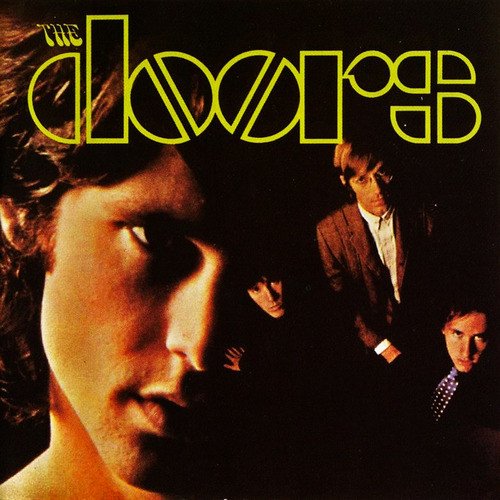[Monday’s Notes No. 143] The Doors were one of the legendary bands of the psychedelic and rock movement. A charismatic leader and soul of the band, Jim Morrison consumed his existence in a few years, both glorious and dramatic at the same time. We analyse one of the Doors’ best-known songs entitled
The End opens with some guitar notes on the notes A B C# D. We are in the context of a D scale, but it is difficult to tell whether it is a major or minor scale as the melody touches F natural once and F sharp once, thus leaving the question open.
The bass line is also ambiguous, the bass playing an ostinato on the first and fifth, never touching the third of the chord. A figure that always repeats itself.

The instrumental introduction lasts about a minute, then the voice enters (0’54”) accompanied again by the guitar, a tambourine and then the organ, which definitively decides the mode of the piece: we are on a D major scale.
The first sung part of the song (part A) is based on a few simple chords: D, C, G. However, the rhythm of the song is interesting, three times the musical phrases expand to 6/4 measures, a solution not often found in rock music.

The second part of the song (part B) is less original, still employing the usual three chords, but arranged in a different order and with a less incisive melody. While it is almost impossible to forget the first musical idea, the one on which Jim Morrison sings ‘this is the end’, the second part is more unremarkable. Here is the score of this second section.

After the short sung part (2’13”), The End continues with a long improvisation on a D major chord. The guitar still plays ambiguous notes, F sharp and F natural, C sharp and C natural, while the organ remains on a D7 chord.
The improvisations are predominantly based on the mixolydian mode, but the Doors’ ideal framework is one of free improvisation, typical of psychedelic rock.
Yet the hypnotic force of this piece transcends genres and styles. The long D major chord played by the organ, the improvised notes from the guitar and above all the voice of Jim Morrison, who is more than a vocalist but a poet and preacher, create a magical and powerful whole.
Psychedelic rock is music without form. Apart from the few chords on which the main motif moves, the rest of the song is one long improvisation on a chord, on a scale that is not even well defined.
Yet, I want to try to bring two opposites together and find a similarity between The End and a famous piece by the musician who was the unsurpassed champion of the form, Ludwig Van Beethoven.
It is very intriguing that the opening of The End recalls the famous theme of Beethoven’s Fifth Symphony, with its famous repeated notes Fa Fa Fa Re. These four notes, which Beethoven described as ‘fate knocking at the door’, bear a striking resemblance to the four initial notes on which Jim Morrison sings the opening line of the song ‘this is the end’.

With the music of the Doors it is rock that ‘knocks at the door’, not so much fate as revolution. A revolution that was first and foremost a musical one, with instruments taken up by any boy who so desired, in order to learn two or three chords and with those immediately begin to have his say.
Any rock band is in some way indebted to and heir of this somewhat deranged band, led by the high priest Jim Morrison who with his music and lyrics tried to open the door, The Doors, to something else.
Where did they want to go? Hard to say. But listening to The End the door almost seems to open ajar and from the small opening we can glimpse blurred images. Perhaps Beethoven sitting at the keyboards, alongside Jim Morrison?
Until next Monday
Download the lead sheet of The End


